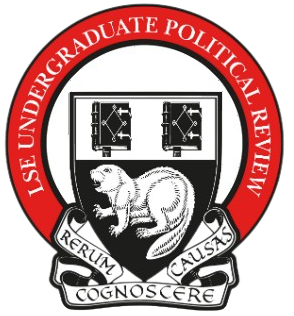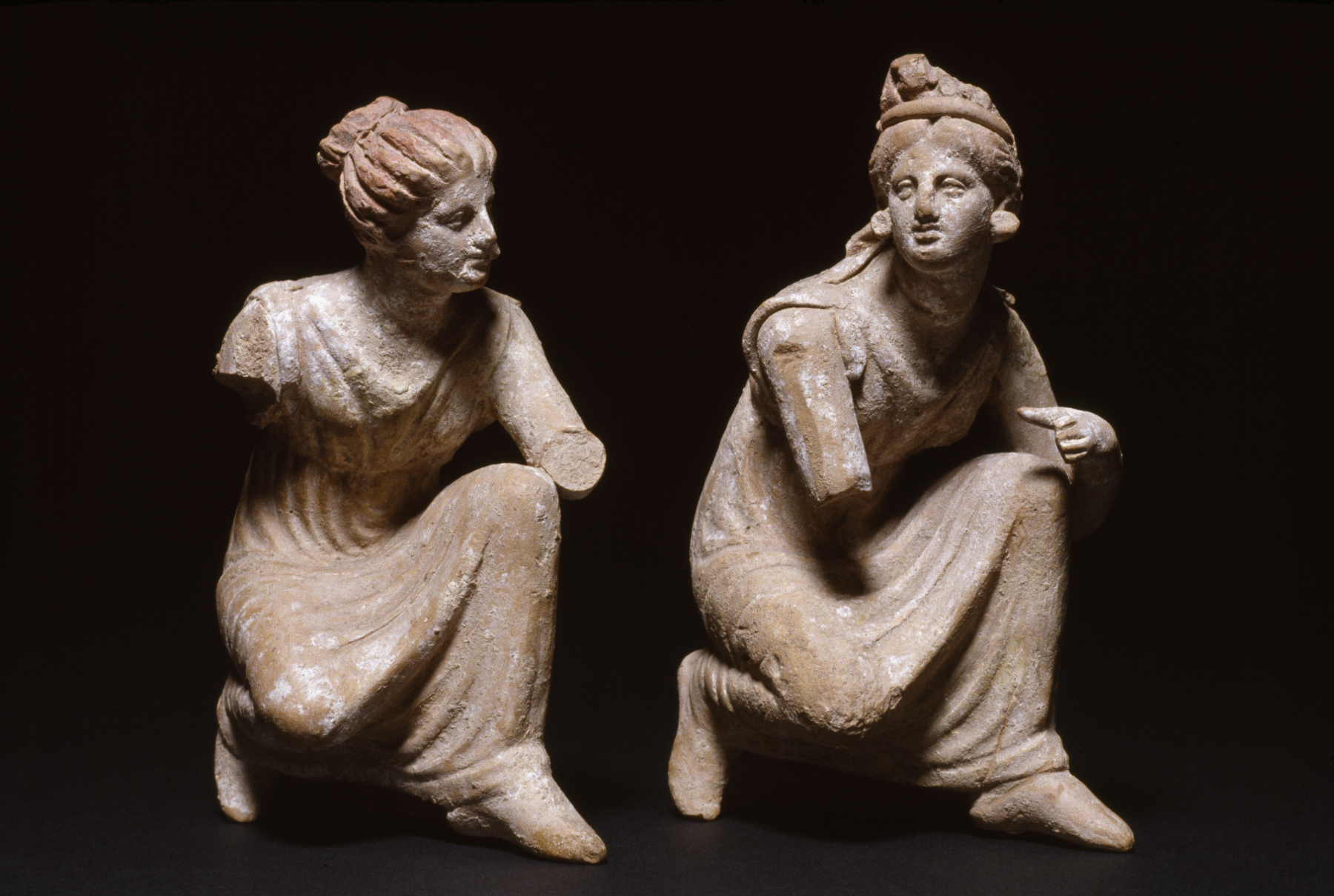Archana Pajaniappane
Political scientist Cass Mudde (2014) coined the French Front National (FN) as the archetype of extreme-right parties, given their emphasis on nationalism and, to some extent, xenophobic views. In this essay, the ‘rise’ of the FN has been interpreted as its unprecedented electoral success in a Presidential election (New York Times, 2017). Le Pen has threatened the hegemony of mainstream political incumbents, the left-wing Parti Socialiste (PS) and right-wing Les Républicains (LR), winning a historic 21.3% of votes in the 2017 Presidential Elections (France 24, 2018). This essay will argue that the ‘rise’ of the FN can be attributed to three primary aspects of their campaign: first, their appeal as a ‘working-class party’, attracting voters who feel socio-economically disadvantaged by the effects of globalisation and by a liberal immigration policy (Mondon,2014). Second, the dédiabolisation (Quincez and Michelot, 2017), or ‘softening’ of their party image, which has charmed large numbers of women and even left-aligned voters (Meyer,2013). Third, the favourable external contextual factors surrounding the campaign; these include other presidential candidates’ scandals in the 2017 election, which solidified their electoral credibility.
The FN have appropriated the status of a “working-class party” (Cautrès,2015), blaming the socio-economic struggles faced by workers on the influx of immigration caused by mainstream party policies (Mondon,2016). France-Stratégie (2016) highlights that citizens considered the government “helpless” in responding to their socio-economic concerns. The FN play upon these sentiments by identifying the incumbent party’s immigration policy as a catalyst for the poor socio-economic situation of French workers (Roubin, 2015). They do so in two main ways: first, they identify it as a cause of unemployment, where low-income workers are laid off due to competition from immigrants seeking similar jobs. Secondly, immigrants are portrayed as exploiting the French welfare state. Essentially, a “welfare chauvinist doctrine” is employed, emphasising the necessity to prioritise nationals (Rydgren,2008). Thus, voters are drawn to the FN, who address their issues of economic insecurity. The extreme left parties also target such demographics; they capitalise on representing similar Euro-sceptic and anti-globalisation sentiments (Harisson,2007). Therefore, it can be argued that these parties (such as la France Insoumise) may serve voters of this demographic better.
However, evidence suggests otherwise; Bouvet (2015) highlights the inability for the ‘Left’ to respond to issues of ‘native’ French workers, especially through the medium of immigration. Indeed, Oesch (2008) demonstrates that working-class voters are three times as likely to vote for the FN. Therefore, it is clear that political science explains the ‘rise’ of the FN through their appeal to working-class voters.
Secondly, the dédiabolisation of the FN, rebranding and softening their party image, has been a way to boost electoral success from wider parts of the electorate, especially women. Givens (2004) postulates the ‘radical-right-gender-gap’ (2004), which is an absence of women amongst radical-right supporters. One reason for Jean-Marie Le Pen’s unpopularity among women is “diabolical nature”, attributed to his infamous comments about racism, antisemitism and his rejection of liberal feminist ideals (Mossuz-Lavau, 1997). Marine Le Pen’s rebranding of the party image, however, transformed this outlook in two ways. Firstly, she made an effort to advocate for minority groups; she involved Florian Phillipot, a homosexual minister, in parliament, and actively supported same-sex marriage. She has successfully distanced her political values from her father’s traditional radical-right views by labelling his antisemitic comments as “barbaric” and suspending him from the party. Additionally, she carefully frames the immigration issue as one related to cultural racism (Wieviorka,1998:32) by denouncing immigrants for their ideological incompatibility to the French secular doctrine, rather than as an issue related to inherent biological inferiority (Rydgren,2008). Thus, voting for the FN was no longer “taboo” or a morally reprehensible vote (FT,2016). Moreover, the “Marine Le Pen” effect (Meyer, 2013) is boosted by her stature as a divorced female leader, her bold nature and focus on of salient female issues, such as abortion (FN campaign, 2016). Her female supporters sky-rocketed; 86% of women attested that she possesses a presidential “stature” (Meyer, 2013). Therefore, Le Pen has boosted her voter base due to the softening of the FN party image as a more ‘progressive ideal’.
Conversely, many women counteract this rhetoric and accuse Le Pen of employing “fake feminism”. Inna Shevchenko argues that her rejection of intersectionality and degradation of Muslim and immigrant women ultimately renders her ignorant of the true advocation of equality that feminism envisions. However, the fact remains the Le Pen has managed to significantly alter her party’s reputation from one that incites hatred (Camus,2016), increase the proportion and diversification of FN supporters in presidential elections, and to effectively eradicate the gender gap (Mayer,2015). Therefore, dédiabolisation is, undoubtedly, a way that political science can explain the ‘rise’ of the FN by attracting new voters.
Finally, as much as the FN must be given credit for their success due to extensive campaigning and rebranding, their historic ‘rise’ in the 2017 presidential election could not have been possible without external contributors. Specifically, the two ‘hegemons’ of French Politics were left without credible leaders as Benoît Hamon (PS) and François Fillon (LR) were plagued by scandals, leaving the Presidency eligible for ‘outsiders’ to run for (such as Le Pen). Hamon inherited a party plagued with shame, as previous incumbent Hollande had left government with a meagre 14% approval rating, the lowest of any Fifth Republic President. As a result, Hamon received a catastrophic 6.4% of votes. Jaffré’s (2015) study emphasises how Le Pen even collated votes from previous PS voters, despite the party’s ideological contrast. More notorious was Fillon’s Penelopegate scandal which reported that Fillon’s wife had been employed in “fictitious jobs” in January 2017, embezzling €930,000 (Lees, 2017). Lees (2017) highlights that over 3 in 10 votes from Fillon’s centre right LR were ‘claimed’ by Le Pen. Therefore, the ‘rise’ in FN electoral success is clearly at supported by their competitors’ scandals.
However, Labouret (2016) argues that despite the electoral demise of mainstream hegemons, the FN were still unable to break the “glass ceiling” of radical right politics, with Emmanuel Macron’s centrist agenda beating Le Pen to the presidency in the second-largest victory in French history (Evans and Ivaldi, 2019). A “front républicain” persists, with the French public refusing an outright radical-right victory (Schön-Quinlivan,2017). In spite of this, it remains that the 21.3% and 30% vote shares that the FN gained in the 2017 presidential elections indicate a ‘rise’ compared previous performance. Marine Le Pen has, undoubtedly, benefited from the plummeting trust in traditional left and right-wing governments during the elections (CEVIPOF, 2017), promoting her suitability as a Presidential candidate.
In conclusion, it is evident that political science can credit the ‘rise’ of the FN to their appeal as a ‘working-class’ party, Marine Le Pen’s use of dédiabolisation as a tool to attract voters from the wider electorate, and the downfall of her competitors during the 2017 election which boosted votes for her own party. All these factors have enhanced FN vote shares in French Presidential elections, and now 68% of respondents in Alexandre Dézé’s 2020 study consider the FN as a mainstream party and a prominent political threat to both the mainstream right and left, as well as to Macron’s presidency. It is impossible to know whether these factors can be accounted for in the long-run, or even if the FN’s trajectory will continue to skyrocket as it has been. However, presently, these are some of the primary mechanisms through which political science can explain the FN party’s build-up of an impressive repertoire of voters, which this essay accounts for as their ‘rise’.
References
Chassany, A., 2016. How France’s National Front is winning working-class voters. [online] Ft.com. Available at: <https://www.ft.com/content/ad9502f4-8099-11e6-bc52-0c7211ef3198> [Accessed 17 February 2021].
Evans, J. & Ivaldi, G. 2017, “An atypical ‘honeymoon’ election? Contextual and strategic opportunities in the 2017 French legislative elections”, French Politics, vol. 15, no. 3, pp. 322-339.
Evans, J. and Ivaldi, G., 2019. The 2017 French Presidential Elections.: A Political Reformation?. Palgrave; Springer International Publishing, 2018, 978-3-319-68326-3. 10.1007/978-3-319-68327-0 . halshs-01697559
France Stratégie., 2016. Lignes de failles, une société à réunifier, rapport http:// www.strategie.gouv.fr/sites/strategie.gouv.fr/files/atoms/files/rapport-lignes-de-faille-ok. pdf
Gougou, F. and Sauger, N., 2017. The 2017 French Election Study (FES 2017): a post-electoral cross-sectional survey. [online] Link-springer-com.gate3.library.lse.ac.uk. Available at: <https://link-springer-com.gate3.library.lse.ac.uk/article/10.1057/s41253-017-0045-6#citeas> [Accessed 16 February 2021].
Lees, D., 2017, A controversial campaign: François Fillon and the decline of the centre-right in the 2017 presidential elections, Modern & Contemporary France,25:4, pp.391-402
Mayer, N., 2013. From Jean-Marie to Marine Le Pen: Electoral Change on the Far Right, Parliamentary Affairs, Volume 66, Issue 1, pp. 160–178, https://doi-org.gate3.library.lse.ac.uk/10.1093/pa/gss071
Mestre, A., 2015. “Qui sont les frontistes visés par l’enquête européenne pour fraude ?”. Le Monde.
Mondon, A., 2016. The Mainstreaming of the Extreme Right in France and Australia, Routledge, , p. 172
Mondon, A., 2014. “The Front National in the Twenty-First Century: From Pariah to Republican Democratic Contender.”
Oesch, D., 2008. Explaining Workers’ Support for Right-Wing Populist Parties in Western Europe: Evidence from Austria, Belgium, France, Norway, and Switzerland. International Political Science Review / Revue Internationale De Science Politique, 29(3), 349-373. Retrieved February 19, 2021, from http://www.jstor.org/stable/20445147
Pain, E., 2017. Unusual presidential race rattles French scientists. [online] Available at: <https://science-sciencemag-org.gate3.library.lse.ac.uk/content/356/6333/14> [Accessed 16 February 2021].
QUENCEZ, M., & MICHELOT, M. (2017). (Rep.). German Marshall Fund of the United States. Retrieved February 16, 2021, from http://www.jstor.org/stable/resrep18889Roubin, L., 2015. Les fonctionnaires et le Front national. [online] Spire.sciencespo.fr. Available at: <https://spire.sciencespo.fr/notice/2441/4nsacpc60t9fm9ijd1rt5t747n> [Accessed 20 February 2021].
Rydgren, G., 2008. Immigration sceptics, xenophobes or racists? Radical right‐wing voting in six West European countries. [online] Ejpr-onlinelibrary-wiley-com.gate3.library.lse.ac.uk. Available at: <https://ejpr-onlinelibrary-wiley-com.gate3.library.lse.ac.uk/doi/full/10.1111/j.1475-6765.2008.00784.x#pane-pcw-related> [Accessed 17 February 2021].
Veugelers, W.P., 2000. Right-Wing Extremism in Contemporary France: A “Silent Counterrevolution”?, The Sociological Quarterly, 41:1, pp.19-40, DOI: 10.1111/j.1533-8525.2000.tb02364.x
Cover Image Source: Red Fort – Logo of the National Rally Political Party by National Rally via Wikimedia Commons
The author, Archana Pajaniappane, is a final year student at the LSE. Archana also serves as the Marketing Director at the LSE Undergraduate Political Review.







